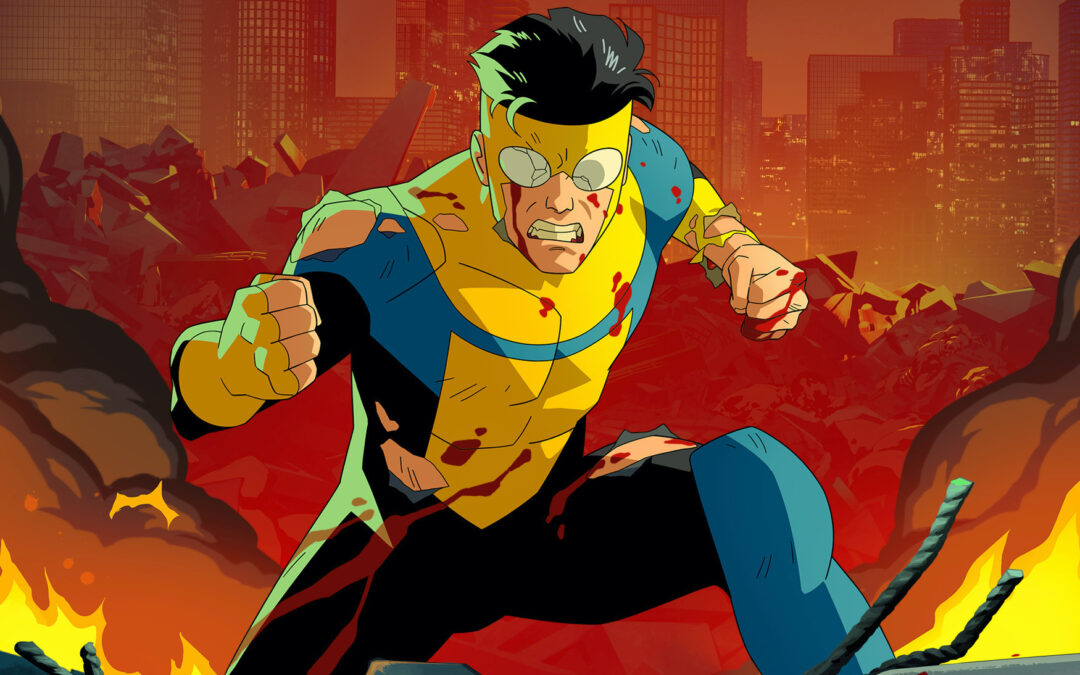Indie comics have surged in popularity over the past decade, carving out significant niches in a market once dominated by mainstream superhero narratives. This article delves into the reasons behind this trend, exploring the diverse themes, innovative storytelling, and unique artistic styles that indie comics offer. We’ll uncover why more readers are turning to indie publishers to satisfy their craving for fresh and original content.
Diverse Themes and Realistic Portrayals
Indie comics stand out by tackling a wide range of themes that often go beyond the typical good versus evil storyline. Creators use their platforms to explore complex social issues, personal narratives, and existential questions, which resonate deeply with readers.
- Address contemporary issues like mental health, social justice, and identity
- Offer nuanced characters with relatable, real-life challenges
- Provide a voice to underrepresented groups within the medium
Two standout examples of indie comics that have deeply impacted their readers are “Invincible” by Robert Kirkman, Cory Walker, and Ryan Ottley, and “The Walking Dead,” also by Robert Kirkman, with artist Tony Moore. “Invincible” presents a coming-of-age story within a superhero universe, renowned for its realistic portrayal of violence and moral complexities beyond the traditional black-and-white morality seen in typical superhero narratives. Meanwhile, “The Walking Dead” explores themes of survival, humanity, and leadership in a post-apocalyptic world overrun by zombies, pushing the boundaries of graphic storytelling and character development.
Artistic Freedom and Innovation
Without the constraints typically imposed by larger comic book publishers, indie creators enjoy a level of artistic freedom that fosters innovation. This liberty allows for a visual and narrative creativity that can be less common in mainstream comics.
- Experiment with unconventional art styles and storytelling techniques
- Push the boundaries of the comic book format
- Attract artists and writers who seek to experiment and express their visions unfiltered
Community and Creator Interaction
The indie comic scene thrives on the strong connections formed between creators and fans. Smaller scale operations allow for more personal interactions at comic book conventions, signings, and online platforms, enhancing reader loyalty.
- Engage directly with fans via social media and comic cons
- Build communities around niche interests and genres
- Foster a sense of ownership and investment among readers
Availability and Access
The rise of digital platforms has made it easier than ever for indie creators to publish their work and for readers to access it. Platforms like ComiXology, Kickstarter, and even Instagram provide avenues that bypass traditional publishing barriers.
- Utilize digital platforms to reach a global audience
- Offer diverse formats, from webcomics to limited edition prints
- Enable easy discovery of new titles and creators
Critical Acclaim and Cultural Impact
Many indie comics have received critical acclaim for their storytelling and innovation, drawing more attention to the segment. Some have been adapted into films and TV shows, proving that their appeal can extend beyond the printed page.
- Highlight award-winning indie comics and their achievements
- Discuss adaptations that have introduced indie stories to broader audiences
- Explore the impact of indie comics on popular culture
“Invincible” and “The Walking Dead” are prime examples of indie comics making the leap to screen, with adaptations that not only expand their audiences but also reinforce the strength and viability of indie storytelling in competitive media landscapes.
Reflecting on the increasing popularity of indie comics, it’s evident that their appeal lies in their ability to offer something different from the mainstream. They provide a platform for diverse voices and stories that challenge conventional storytelling norms.
Key SEO Takeaways – Exploring Indie Comics
- Indie comics offer a refreshing alternative to mainstream superhero stories
- They provide a platform for exploring complex and diverse themes
- The indie scene fosters close creator-reader interactions
- Digital platforms have democratized the distribution of indie comics
- Indie comics’ cultural impact is growing, as seen in adaptations and awards
Frequently Asked Questions
- What distinguishes indie comics from mainstream comics? Answer: Indie comics often feature more personal stories and innovative art, focusing less on traditional superhero tales and more on diverse, realistic narratives.
- How can someone support indie comic creators? Answer: Purchasing comics directly from the creators or indie publishers, attending comic book conventions, and engaging with creators online are great ways to support them.
- Are indie comics suitable for all ages? Answer: While many indie comics are suitable for a wide audience, some tackle mature themes and complex issues, so they can vary widely in age appropriateness.
- What are some examples of successful indie comics? Answer: Titles like “Saga,” “The Sandman,” “Lumberjanes,” “Invincible,” and “The Walking Dead” have all found critical and commercial success outside the mainstream.
- Can indie comics impact the comic book industry? Answer: Yes, by introducing innovative storytelling and artistic techniques, indie comics push the entire industry

